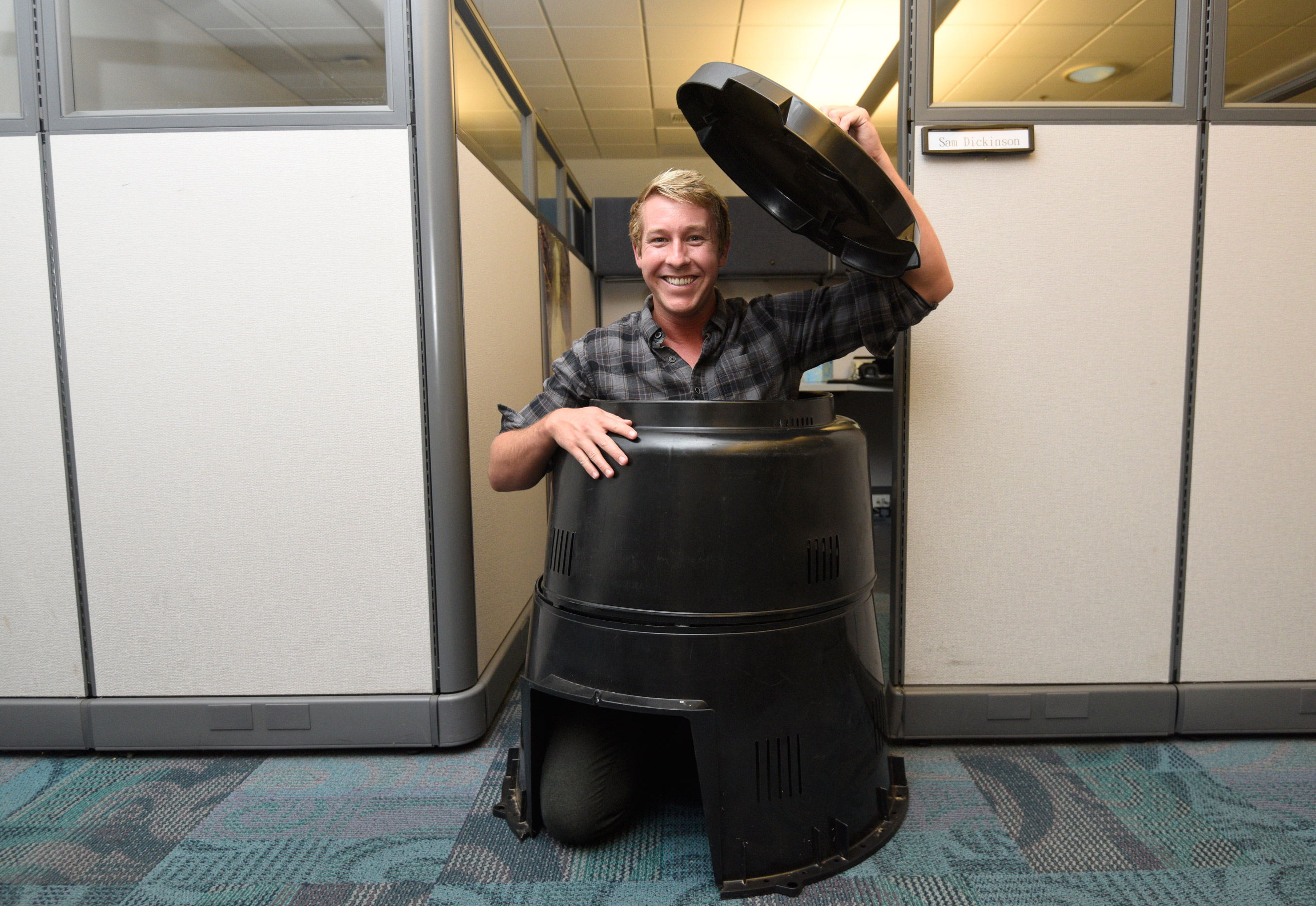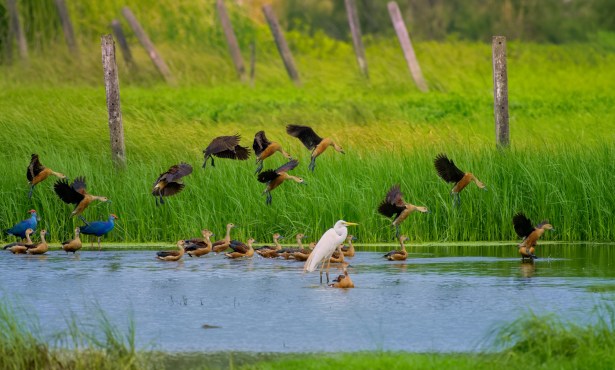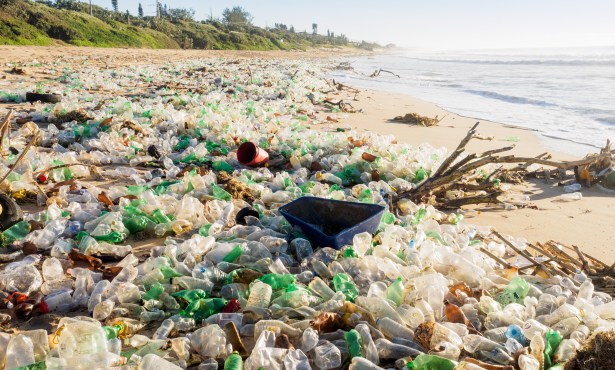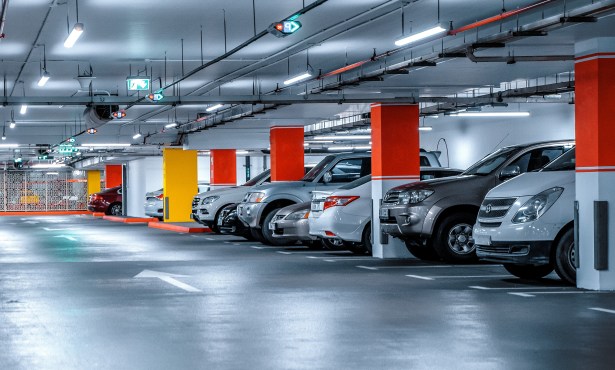Backyard ‘Black Gold’
The Why and How of Composting in Santa Barbara

With a few food scraps, a bit of brown waste, and a handful of worms, you, too, can become a backyard alchemist and turn this mish-mash of otherwise trash into “black gold” for the betterment of your garden — and the world. That’s not an exaggeration. Composting diverts literally tons of trash from landfills. Here in Santa Barbara, organic materials compose roughly 37 percent of our waste stream, and keeping things like yard trimmings, stale bread, and coffee grounds out of our dump saves space and cuts down on the release of methane, a greenhouse gas 25 times more potent than CO2 when it comes to global warming.
Luckily for us, the Santa Barbara County government makes composting as easy as pie — a dark, rich, crumbly pie. Its backyard composting program has been around since the 1990s — much longer than those in other communities — and is headed by Sam Dickinson, who regularly hosts free public workshops and private how-tos for schools, church groups, and the like. His department also sells high-quality compost bins at half price, and on its website, lessismore.org, there is a quick-hit list of directions, recommendations, and resources.
Mostly, people want to make compost to nourish their garden and plants. But more and more often, Dickinson said, he’s hearing from folks who want mainly to reduce their environmental impact. “I think that’s awesome,” he said. “It’s great the public is really catching onto that message.” If you make compost but have nowhere to put it, give it to a friend or neighbor, said Dickinson. They’ll thank you for it.
DIY bins can be constructed with chicken wire or scrap wood. You can even just throw waste in a pile and cover it with a tarp. Ideally, the compost area should be at least three feet wide by three feet deep by three feet tall and be placed on an unpaved, flat, shady spot near a water source. Apartment dwellers can vermicompost with worms and plastic bins.
Here are the general ingredients for a happy and healthy compost bin:
- Three parts “browns” as a carbon source: eggshells, nutshells, ashes from wood-burning fires, sawdust, hay and straw, yard trimmings, houseplants, wood chips, leaves, shredded newspaper, other paper products, cotton or wool rags, dryer lint.
- Two parts “greens” as a nitrogen source: raw or cooked fruits and vegetables, bread and grains, coffee grounds and paper filters, grass clippings, paper tea bags, manure from herbivorous animals.
- DON’T USE: Dairy products, fats and oils, greasy foods, meat, pet wastes, anything treated with chemicals or pesticides, stickers from fruits and vegetables, roots of perennial weeds, coal, glass, metals, plastics.
Once you’ve got your ratios just right, follow these simple steps to get your gold in as little as three months:
- Bury greens like fruit and vegetable waste under 10 inches of browns to reduce odors.
- Keep the pile warm and as moist as a wrung-out sponge.
- When you add to the bin, turn over and fluff the material with a shovel or pitchfork to mix in more oxygen so fungi, bacteria, and worms can breathe.
- When the material at the bottom of the bin is dark and rich in color, with no remnants of food or yard waste, your compost is ready to use!
For more info, visit lessismore.org.



